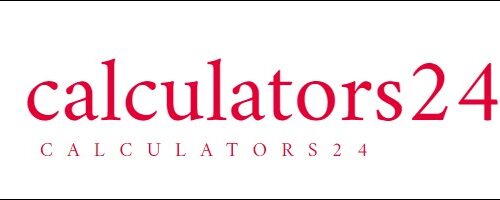Enter the number of bits:
Result:
Exbibits (Eibit)Decoding Digital Data: Navigating the Vastness with the Bits to Exbibits Converter
In the ever-expanding realm of digital data, the need for precise measurement becomes paramount, especially when dealing with colossal volumes of information. While “bits” stand as the fundamental units of digital data, the introduction of “exbibits” becomes imperative when quantifying data at an astronomical scale. This article delves into the intricacies of bits and exbibits, presenting a practical converter that facilitates smooth transitions between these units.
Bits: Unveiling the Foundation of Digital Data
At the core of digital information lie “bits,” a succinct term derived from “binary digits.” These bits, existing in one of two binary states—0 or 1, form the elemental building blocks of all digital data. Whether it’s text, images, videos, or software, the intricate amalgamation of binary bits defines the language of the digital world. Bits play a pivotal role in enabling communication, computation, and storage processes across various digital platforms.
Exbibits: Scaling Data to Unprecedented Magnitudes
In an age marked by an unprecedented surge in data generation and consumption, units like “exbibits” step in to measure the colossal volumes of digital information. An exbibit (Eibit) represents an extraordinarily large unit of data, equivalent to a staggering 1,152,921,504,606,846,976 bits. The utilization of exbibits extends to describing extensive data storage capacities, high-speed data transmission, and the handling of massive datasets in domains such as scientific research and high-performance computing.
Navigating the Scale: Converting Bits to Exbibits
The conversion from bits to exbibits involves traversing the vast scale that separates these two units. The process is simplified through a straightforward formula:
javascriptCopy code
Number of Exbibits (Eibit) = Number of Bits / 1,152,921,504,606,846,976
To streamline this operation, our “Bits to Exbibits Converter” is readily available above. Input the desired number of bits, click the “Convert” button, and the converter will promptly reveal the equivalent number of exbibits.
Understanding the interplay between bits and exbibits becomes paramount in managing the exponential growth of digital data. This converter emerges as a valuable asset, facilitating efficient transitions between these units and ensuring seamless data management and communication within our data-centric world.
